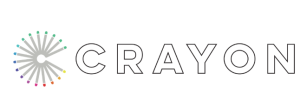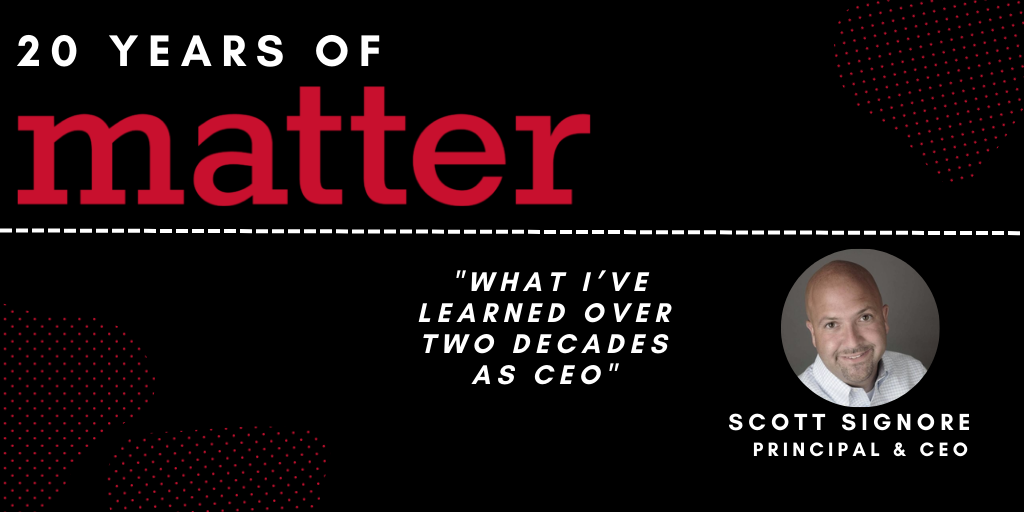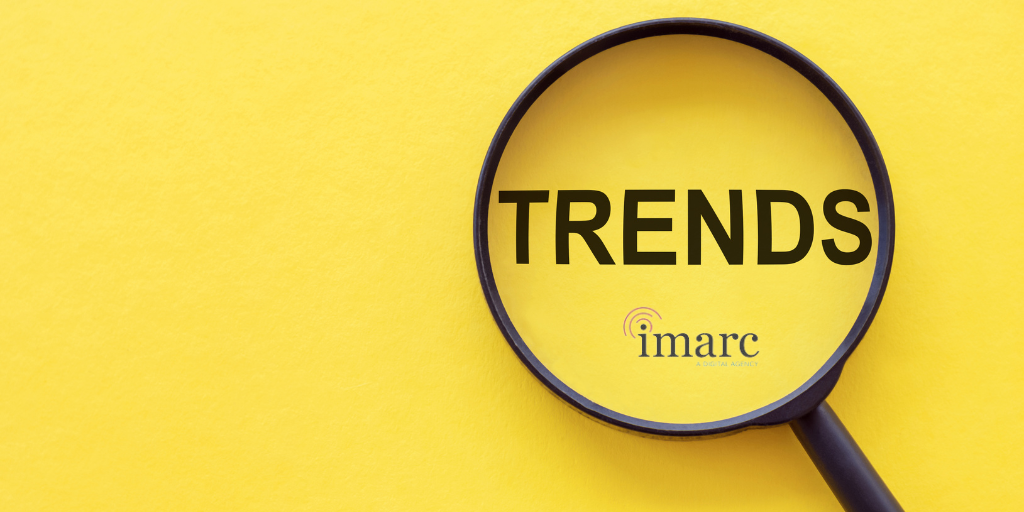Competitive intelligence (CI) is the process of tracking, analyzing, and activating information related to your competitors. It is conducted with the intent of empowering internal stakeholders to improve their decision-making and execution—whether that means offering a new service, pitching prospective customers with a new set of slides, or something else entirely.
More broadly, competitive intelligence is conducted with the intent of mitigating risk, growing revenue, and capturing market share. In fact, according to the most recent edition of our annual State of Competitive Intelligence Report, nearly two-thirds of businesses have directly attributed revenue growth to their investments in CI.
Let’s walk through each phase of the CI process—track, analyze, and activate—in more detail.
Competitive intelligence phase 1: Track
The first phase of the CI process is all about capturing (or gathering) information related to your competitors. Ask yourself: Given what you and your stakeholders are trying to accomplish, what do you need to know about the other companies in your market?
The range of potential answers to this question, of course, is wide. Depending on the size, structure, and maturity of your business—and the state of your competitive landscape—you and your stakeholders may be pursuing any number of initiatives.
An example is useful here. Let’s say your colleagues on the client services team have several ideas for new offerings—all of which they’re excited about. Considering the amount of work it takes to build out and launch a new client service offering, they need help with prioritization. More specifically, they need to know which of their ideas is most likely to deliver unique value to the market—that is, which of their ideas is most likely to delight customers and make your company stand out from the rest of the pack.
In this case, there are several questions to answer (i.e., types of information to capture):
- Which services does each of your competitors offer? Which do they not offer?
- Are your competitors’ customers satisfied with these services?
- Have any of your competitors retired a service offering in the past?
If you can only check one of these boxes, make it the first one; at the very least, you should find out what each company does and does not offer. For the most part, this information will likely come from your competitors’ websites, field intelligence (more on this in a minute), win/loss analysis, and press releases.
Ideally, you want to check both of those latter two boxes as well. It’s good to know that Competitor X offers Service A; it’s great to know that their customers tend to be dissatisfied with it. (Simply providing this service won’t necessarily make your company stand out, but improving on Competitor X’s version will.) Generally, in order to determine whether your competitors’ customers are happy with their various services, you’ll need to rely on field intelligence, win/loss analysis, and, if possible, public reviews.
Finally, unless you use Crayon, determining whether a competitor has retired a service can be tricky. To do so, you need a sharp eye and a commitment to regularly visiting competitors’ websites. Methodology aside, this information is tremendously valuable: If one of your colleagues’ ideas has been attempted and retired by Competitors Y and Z, that may be a sign that it was ill-received by your target audience.
Again, this is just one example of a hypothetical scenario. If you take anything from it, let it be this: Before you set out to capture information, you should have a clear sense of what your organization is trying to accomplish.
Pro tip: Your stakeholders are sources of intel
At this point, we’ve mentioned “field intelligence” several times. This is a catch-all term that refers to any competitive information that comes by way of your colleagues. Between sales reps talking to prospects, product/service managers talking to customers, and every other interaction along these lines, there are ample opportunities for your competitive intelligence stakeholders to come across … well, to come across competitive intelligence!
So, when you’re in track mode, you should absolutely tap into sources like websites, social media accounts, and press releases. Just make sure you’re not overlooking the source that sits 10 feet from you—or the source that you see twice a week on a Zoom call.
Competitive intelligence phase 2: Analyze
The second phase of the CI process is all about taking stock of the information you’ve captured and establishing the key takeaways. Ask yourself: Given what you now know about your competitors, what conclusions can you draw?
The importance of the analysis phase should not be underestimated. If you blast out an email with nothing but raw data, it’s unlikely that each of the recipients will (1) take the time to sift through it and (2) draw the same conclusions. Skip the analysis phase and your stakeholders will probably do nothing—or, worse, they may misinterpret the data and take action in an ill-advised way.
Analytical frameworks are enormously helpful at this stage in the process. To see why, let’s consider another example.
Your customer success team wants to improve retention. More specifically, they want to do a better job of combating talking points that are planted by your competitors. Thanks to their thorough call notes—and myriad competitor emails that have been forwarded from your customers to your colleagues—you were able to create a repository of talking points in Microsoft Excel (during the track phase, that is).
Could you draw some conclusions simply by putting your spreadsheet up on your monitor and carefully reading through it? Probably. But this would take a long time, and there would be a risk of overlooking important insights.
In a situation like this, a grouping framework is your best friend. By using criteria of your choice to categorize each talking point into a group, you can determine which kinds of talking points are more or less prevalent. (Presumably, it’s the ones that come up most often for which your colleagues need to be most prepared.)
In this case, keywords would work well as your criteria—talking points that include Keyword A are assigned to Group A, talking points that include Keyword B are assigned to Group B, and so on. With this method of analysis, you can avoid reading through each individual entry and still walk away with valuable conclusions (e.g., Group A is our primary concern).
Here’s the takeaway: If you want to make the most of your competitive research, devise a framework that will enable you to pull insights out of the data without getting stuck in the weeds.
Pro tip: You’re not limited to one framework
Depending on the kinds of information you capture during the track phase, there may be more than one way to approach your analysis. If you devise a framework and find yourself struggling to draw conclusions, don’t be afraid to try something new.
Sticking with our talking points example, grouping by competitor rather than keyword could prove more effective. What do you notice when you compare Competitor A’s talking points to Competitor B’s? Do different competitors tend to use different angles when reaching out to your customers? How might this be leveraged to help your customer success team stay prepared?
Competitive intelligence phase 3: Activate
The third phase of the CI process is all about empowering your stakeholders with the takeaways and tactics they need to improve their decision-making and execution. Ask yourself: Given the conclusions you’ve drawn, what communication methods and deliverables can you use to maximize impact—to inspire your colleagues to take action?
As with the analysis phase, the importance of activation should not be underestimated. Even if you take the time to distill your data down to the essentials, there’s no guarantee that your email or Slack message will inspire action. Fail to make a strong impression, and your work up until this point may go to waste.
Let’s explore one final example. Your sales team needs help winning deals against Competitor A. They need to know why your company’s solution is the superior option, and they need tactics for communicating your differentiators to prospects. During the track phase, you used field intelligence and Competitor A’s website to determine which specific features comprise their product. Then, for your analysis, you used a comparison framework to figure out in which specific ways your company’s product is superior.
Now that you’ve established the differentiators that your sales reps can use to their advantage, it’s time to determine (1) how you’re going to help them internalize these insights and (2) what tactics you’re going to give them in order to communicate with prospects more effectively.
In this case, your best bet is a battlecard—a deliverable that succinctly outlines all the information a sales rep needs to successfully navigate a competitive deal. It’s the perfect home for your differentiators, as the format encourages brevity and keeps everything in one centralized place. The last thing you want is a rep scrambling for a three-month-old email when they’ve only got a few minutes to prepare for a call.
In terms of helping them internalize your insights, battlecard walkthroughs and role play training sessions can go a long way. And in terms of communication tactics, consider creating a talk track to correspond with each differentiator. That way, a sales rep who wants to center a conversation around Differentiator A can use Talk Track A, a rep who wants to focus on Differentiator B can use Talk Track B, and so on.
That’s the spirit of activation—packaging the fruits of your research and analysis in a way that enables your stakeholders to fully leverage them.
Pro tip: Regularity yields returns
Activating CI on an irregular basis is dangerous for a couple reasons. One, it increases the risk of missed opportunities and/or overlooked threats. If you’re randomly updating your stakeholders every now and then, chances are they’re not getting all the intel they need.
Two, it increases the risk of panic. When activation is random, your stakeholders aren’t expecting it—which means they’re liable to react inappropriately.
This is why we say regularity yields returns: When activation is regular, your stakeholders are expecting it—which means they’re poised to react appropriately. As a result, your organization as a whole is well-equipped to take action as needed.
Ready to get started with Competitive Intelligence? Get the free guide
___
This post was originally published on the Crayon blog.



